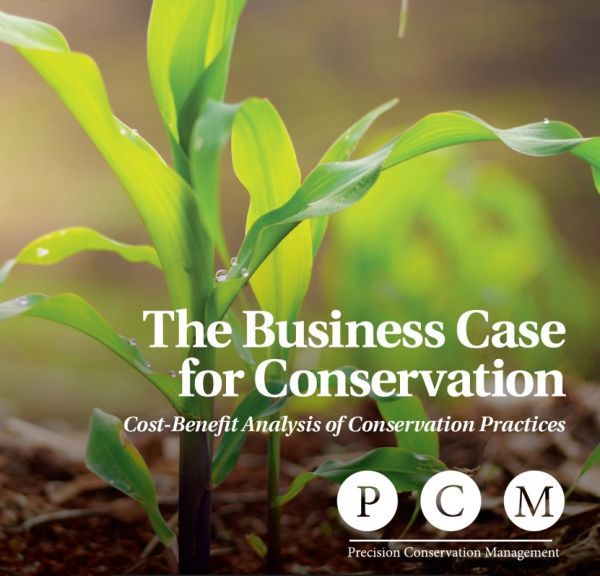Business Case for Conservation Challenges Conventional Thinking on Farm Management Practices

Illinois farmers should soon be receiving a copy of the 2020 Precision Conservation Management research summary, titled The Business Case for Conservation. The publication attempts to help farmers understand the financial impacts of implementing certain conservation practices on their farms in Central Illinois.
Importantly, the entire summary and resulting recommendations encourage farmers to suspend the belief that producing more equals earning more. Profitability can be maximized at lower yields if input costs are also significantly lower.
While the publication highlights general conclusions from Illinois farms regarding nitrogen application and tillage, PCM experts also dive into the outcomes from our significantly wet 2019 planting season. As they analyze this data, the emerging trend is that the highest rate of return for corn farmers on high SPR soils was realized when the Nitrogen Use Efficiency (NUE) was 1.0 lb N/bu or lower.
Also included is analysis on what the most profitable fields in the PCM database have in common in terms of production practices. 1 pass light tillage is the tillage system for a majority of our most profitable fields, both with high soil productivity ratings (SPR) and low SPRs.
Dig into the data in this online copy of The Business Case for Conservation 2020 right here. Find out what you can do to minimize inputs and maximize profits for 2021!











































































































